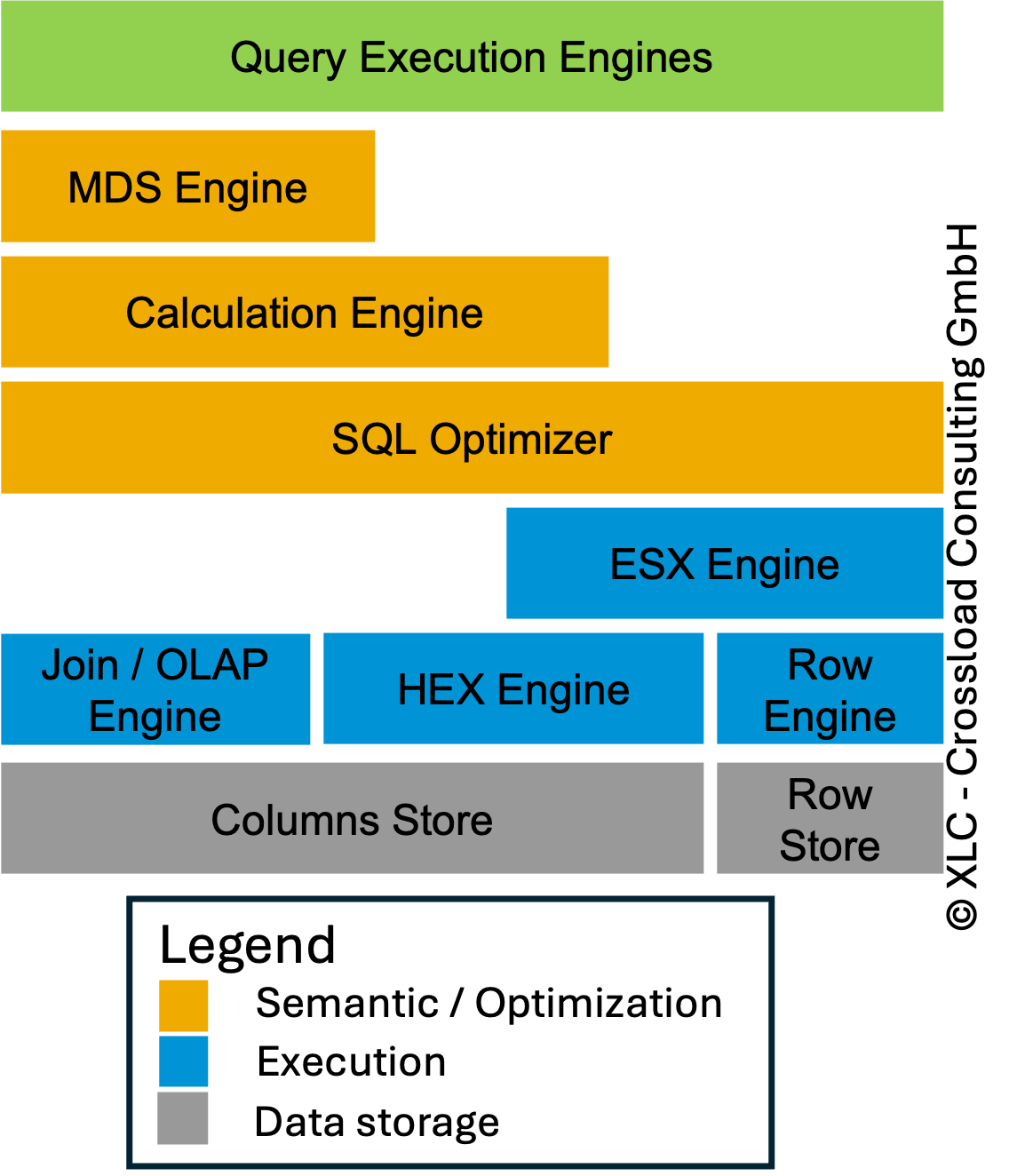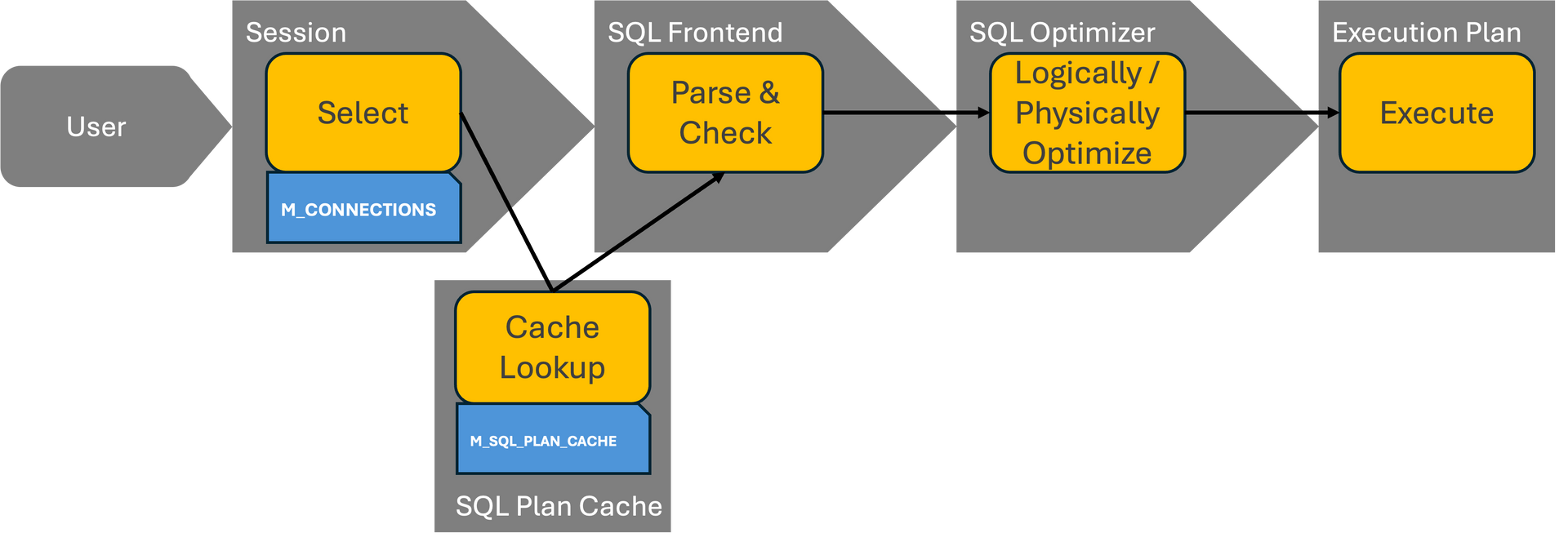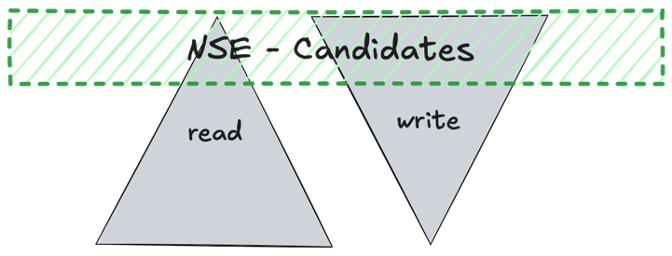HANA News Blog
End of support in 2020 for HANA 2.0 SPS03
Bitte beachten Sie das Supportende von SPS03 im Juli 2020
Im
Juli 2020 endet der Support für
HANA 2 SPS03 . Dies bedeutet, dass nach diesem Zeitpunkt keine neuen Maintenance Revisions mehr für SPS03 (aktuell letzte Revision 37.06) von SAP freigegeben werden. Daher sollten alle Kunden sofort auf die neueste HANA 2.0 SPS04 Revision upgraden.
SPS05 wird zwar ebenso in diesem Zeitraum freigegeben, sollte aber erst nach etwas
"Reifezeit" konsumiert werden. Dieses Release wird anders als bisherige nicht 2 Jahre Support, sondern
5 Jahre "long Term" Support erhalten.
SPS06 wird dann wieder
voraussichtlich 2 Jahre Support erhalten.
Jeder Upgrade birgt Gefahren hinsichtlich Stabilität und Performance, daher sollte dies mit der nötigen Sorgfalt getestet werden. Wir
unterstützen Sie gerne mit unserer Erfahrung bei Upgrades oder anstehenden Herausforderungen hinsichtlich Performance oder Stabilität.
Support for
HANA 2 SPS03 will end in
July 2020 . This means that after this point in time, no new maintenance revisions for SPS03 (currently last revision 37.06) will be released by SAP. Therefore, all customers should immediately upgrade to the latest HANA 2.0 SPS04 revision.
SPS05 will also be released during this period, but should only be consumed after a bit of
"maturing time" . Unlike previous releases, this release will not receive 2 years of support, but
5 years of "long term" support . SPS06 will then
probably receive 2 years of support again.
Every upgrade is dangerous in terms of stability and performance, so this should be tested with the necessary care. We would be happy to support you with our experience with upgrades or upcoming challenges in terms of performance or stability.
Details:
2378962 - SAP HANA 2.0 Revision and Maintenance Strategy
SAP HANA 2.0 Revision Strategy
SAP HANA News by XLC














